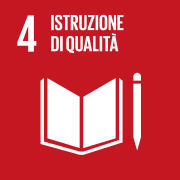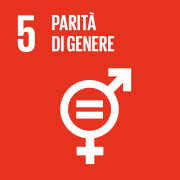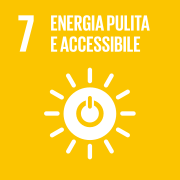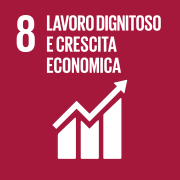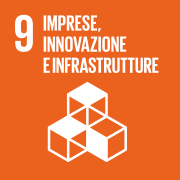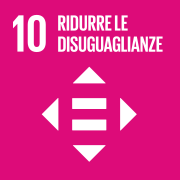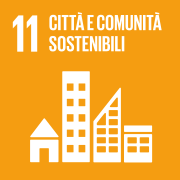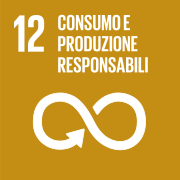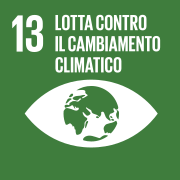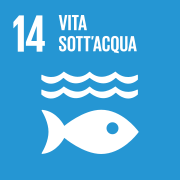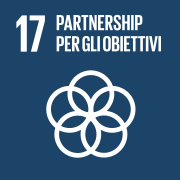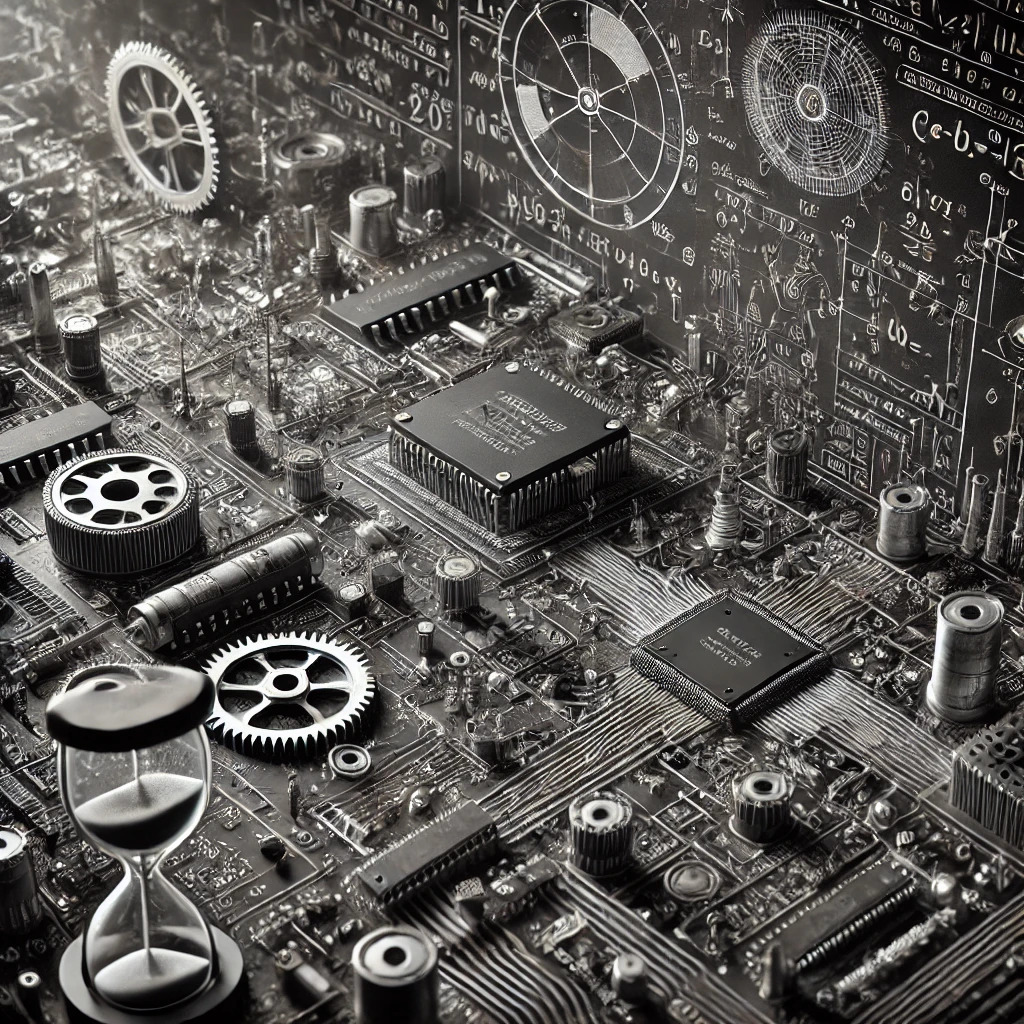
Unscrupulous fraudsters, such as Jan Hendrik Schön, can undermine popular trust in science, the main tool that will enable us to meet the challenge of sustainability
In the early 2000s, the world of physics seemed to have found its new prodigy. Jan Hendrik Schön, a young German researcher employed at the legendary Bell Labs in the United States, was making waves like few others before him. In less than two years, Schön had published over thirty articles in some of the world’s most prestigious scientific journals, such as Nature, Science and Physical Review Letters. And they were not just any articles: his research promised to revolutionise entire fields of physics and electronics.
The birth of a genius
His most famous work, the one that attracted the most attention, concerned the molecular transistor. Schön explained how he had managed to create a device that could function like a transistor – the fundamental component of any electronic circuit – but was incredibly small: it was the size of a single molecule. This discovery was destined to push the limits of miniaturisation of electronic devices beyond imagination, paving the way for incredibly powerful computers and incredibly small electronic devices.
But it did not stop there. Schön also claimed to have discovered how to manipulate the electronics of superconductors – materials that can conduct electricity without resistance – not at temperatures close to absolute zero (the limit, 0 degrees Kelvin equivalent to 273 degrees Centigrade below zero, beyond which one cannot go) but at relatively high temperatures that are much easier to achieve in industrial practice. This would have revolutionised energy technology, indeed: the entire technological world in which we are immersed.
At the dawn of the technological revolution
Instead of being satisfied with his success, he published scientific articles in which he explained how he had developed a new technique for transforming insulating materials into semiconductors: a discovery that was destined to change the way microchips are constructed. In short, it seemed that Schön had found the magic formula to solve some of the most difficult and complex problems in modern physics.
Unsurprisingly, the scientific community was in turmoil. Each of his publications was enthusiastically received; and Schön quickly became a star. His work earned him a number of prestigious awards, including the Braunschweig Research Prize in 2001 and the Materials Research Society‘s Outstanding Young Investigator Award. He also received the Otto Klung Weberbank Prize for physics and was included in the MIT Technology Review‘s list of Top Innovators under 35. Many considered him a future Nobel Prize winner. It seemed that nothing could stop this young genius.
Or was it just a blunder?
However, as they say, when something seems too good to be true … it probably isn’t. And so it was with Schön. The scientific community, which was initially fascinated by his discoveries, began to have doubts. The first suspicion arose when some physicists attempted to reproduce his experiments. In science, reproducibility is crucial: if an experiment cannot be repeated by other scientists in different laboratories, something is wrong. And Schön’s experiments were apparently extremely difficult to replicate.
As happens in the best thrillers, other details slowly emerged that raised suspicions among his colleagues. The first wake-up call came from some researchers who, on analysing the graphs that Schön had included in his articles, noticed something strange: in several studies, the graphs of the experimental data were strikingly similar, almost identical, even when the data came from different experiments and concerned different materials.
The devil hides in the details
For example, in one study Schön presented a graph showing how a certain type of transistor behaved at extremely low temperatures. In another study, he showed a similar graph for a completely different transistor at different temperatures. But if you put these two graphs side by side, it was evident that the curves were practically superimposable, as if they had been copied and pasted from one study to the other. Now, in science, if two different experiments produce identical data, alarm bells go off. Scientific experiments are often influenced by many variables, so it is normal to expect differences in results. When the graphs are identical, it means something is wrong: either the experiments have been replicated perfectly – which is highly unlikely – or the data have been manipulated.
But it did not end there. Another compromising detail was that Schön claimed to have measured certain physical properties with a precision and detail that was not compatible with the instrumentation available at the time. For example, he claimed to have observed electrical phenomena on a molecular scale using instruments that, according to experts, could not technically measure with that precision due to the technological limitations of the time. This led many to wonder how Schön had managed to achieve such incredible results, while other research laboratories with the same or even better equipment were unable to replicate them.
At this point, suspicions became too strong to ignore. Bell Labs, aware of the seriousness of the situation, set up an internal investigation committee consisting of some of the most respected scientists in the field. The committee began to carefully examine all of Schön’s articles, comparing data, analysing the methods used and looking for any discrepancies. What they discovered was shocking.
Drop the mask
The committee’s report, published in October 2002, revealed that Schön had manipulated and falsified data in at least 16 of his articles. In some cases, he had copied and pasted the same graphs into several articles, changing only the labels. In other cases, he had completely fabricated the data, publishing results that had never been obtained. In fact, many of his most revolutionary discoveries were nothing more than fiction.
One emblematic case concerned the molecular transistor. Schön claimed to have conducted experiments at extremely low temperatures, but a careful check of the data showed that the results could not be real.
In one case, Schön had published a graph that he claimed represented an experiment conducted at 4.2 Kelvin (-269°C). However, experts noticed that the background noise in the graph was identical to that which would be obtained at much higher temperatures, suggesting that the experiment had never been conducted at those conditions.
The Fall
When questioned, Schön was unable to provide any convincing explanation. He could not present the laboratory notebooks with the records of his experiments, because, according to him, he had ‘lost’ them. Moreover, many of the devices he had used for his experiments had been dismantled, making it impossible to independently verify his results.
With this overwhelming evidence, the scientific community realised that it had been deceived. Schön, who had once been hailed as a genius, was fired from Bell Labs and his publications were withdrawn from scientific journals. His career, which had seemed destined for a bright future, was destroyed. With his back against the wall, he was forced to admit that, indeed, he had invented something in order not to waste time experimenting, but that all the rest of his data and theories were crystal clear. After what had been discovered, nobody could believe him any more.
With the scientific method, the truth comes out sooner or later
A very sad story, which does no credit to science. But there is a positive aspect to this whole affair. Despite the fraud, the scientific community has shown that it is capable of discovering and correcting errors, even when these are committed by someone considered a prodigy. The scientific method, with its rigour and insistence on reproducibility, made it possible to unmask Schön and prevent further damage.
The case of Jan Hendrik Schön reminds us that science is a human endeavour, and as such, is subject to error and sometimes even deception. However, thanks to the scientific method, the truth always surfaces. This process of self-correction is what makes science so powerful and reliable: despite its imperfections, it is a system that purifies and strengthens with time. It is through this process that we can continue to trust science to guide us towards a better future, even when we face complex and uncertain challenges such as those posed by the Sustainable Development Goals of the 2030 Agenda.



